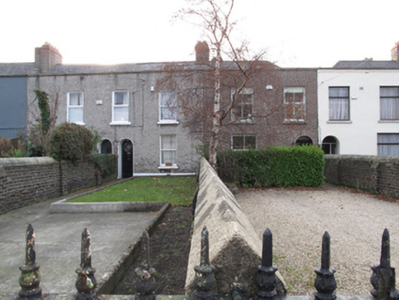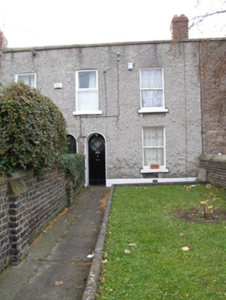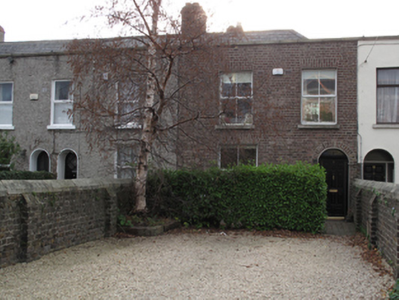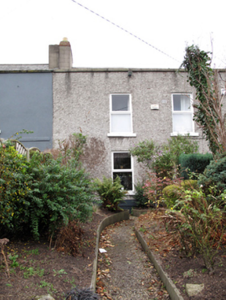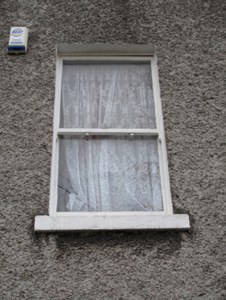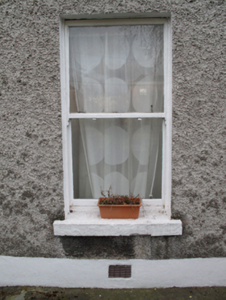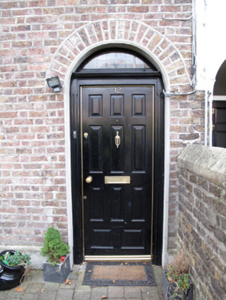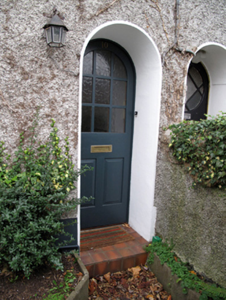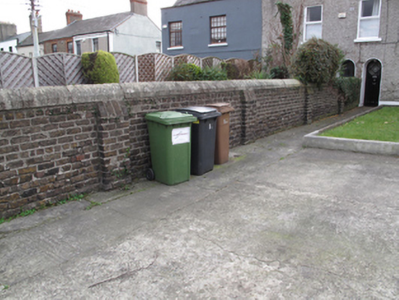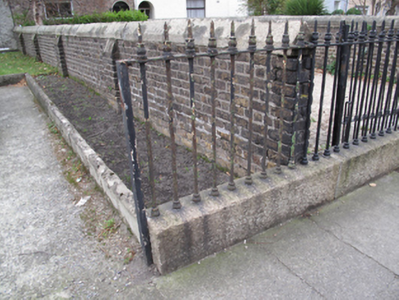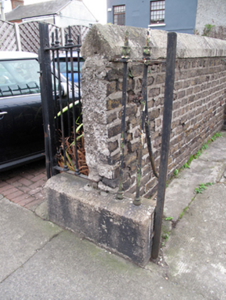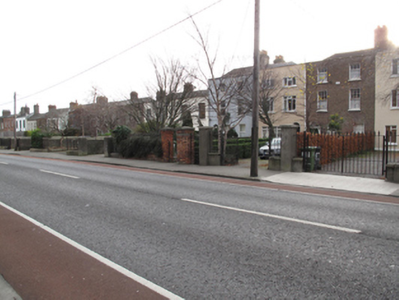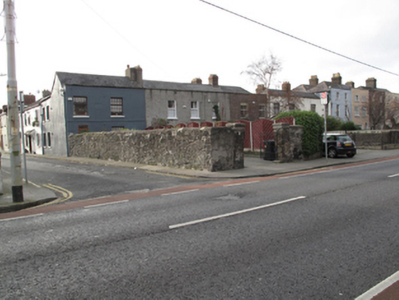Survey Data
Reg No
50081083
Rating
Regional
Categories of Special Interest
Architectural
Original Use
House
In Use As
House
Date
1800 - 1820
Coordinates
314724, 232386
Date Recorded
11/12/2013
Date Updated
--/--/--
Description
Terrace of three two-storey houses, built c.1810, that to centre being single-bay, flanked by two-bay houses. No.10 and no.11 possibly built as single house and subsequently subdivided. M-profile hipped artificial slate roofs, having parapet with granite capping to front elevation, and brown brick chimneystack having red brick coping. Roughcast rendered walls to nos.10 and 11, brown brick walls laid in Flemish bond to no.12, and rendered walls to rear elevations. Square-headed window openings with masonry sills, no.11 having one-over-one pane timber sash windows, replacement uPVC windows to other houses. Round-headed door openings having replacement timber doors, with fanlight to no.12. Front gardens enclosed by wrought-iron railings on granite plinth walls, some railings removed, with replacement metal railings and gate to no.12, having yellow brick boundary walls with granite capping separating gardens.
Appraisal
Addressing Dublin’s Grand Canal, this group of houses forms part of a terrace which was built shortly after the construction of the canal in 1796. The terrace was built on lands belonging to the Earl of Meath, beside the river Poddle and the Greenmount Spinning Manufactory which was built in 1808. This land had been the site of a corn mill since the mid-eighteenth century. The houses in the terrace exhibit a well-designed and well-executed early suburban architecture, the use of brick in no.12 reflecting the continued popularity of this material for domestic building. The quality of materials, and composition and scale of the houses create a pleasing coherent design, making a positive architectural contribution to the street and to the setting of the Grand Canal. The composition is unusual, with one single window over the paired narrow door openings to no.10 and 11, indicating that the building may have been planned as a single dwelling and was later subdivided.

